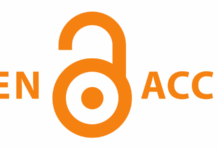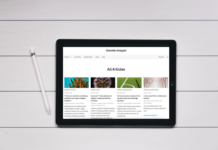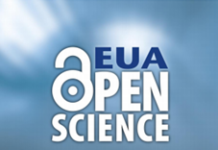Open and Post Peer Review: New Trends in Open Access Publications
The quality of scientific publications will benefit from a revolution in the peer review models.
The peer review system was created in the 20th century...
EU Puts Forward Ambitious Open Access Target
All publicly-funded research to be fully accessible by 2020.
The European Competitiveness Council has announced that all publicly-funded scientific papers should be available on fully...
Raising The Standards Of Open Access Journals
The Directory of Open Access Journals (DOAJ), a leading open access journals’ index, has decided to tighten the standards for journals' acceptance, in order to...
The Perks Of Data Sharing
Data sharing is no longer a question of 'why', but rather of 'when' and 'how'.
Discrete Analysis Revolutionizes Publishing Landscape
Open Access mathematics' journal disrupts the current publishing paradigm.
New Open Access Roadmap
New Open Access roadmap sets the goal for a fully open access world.












